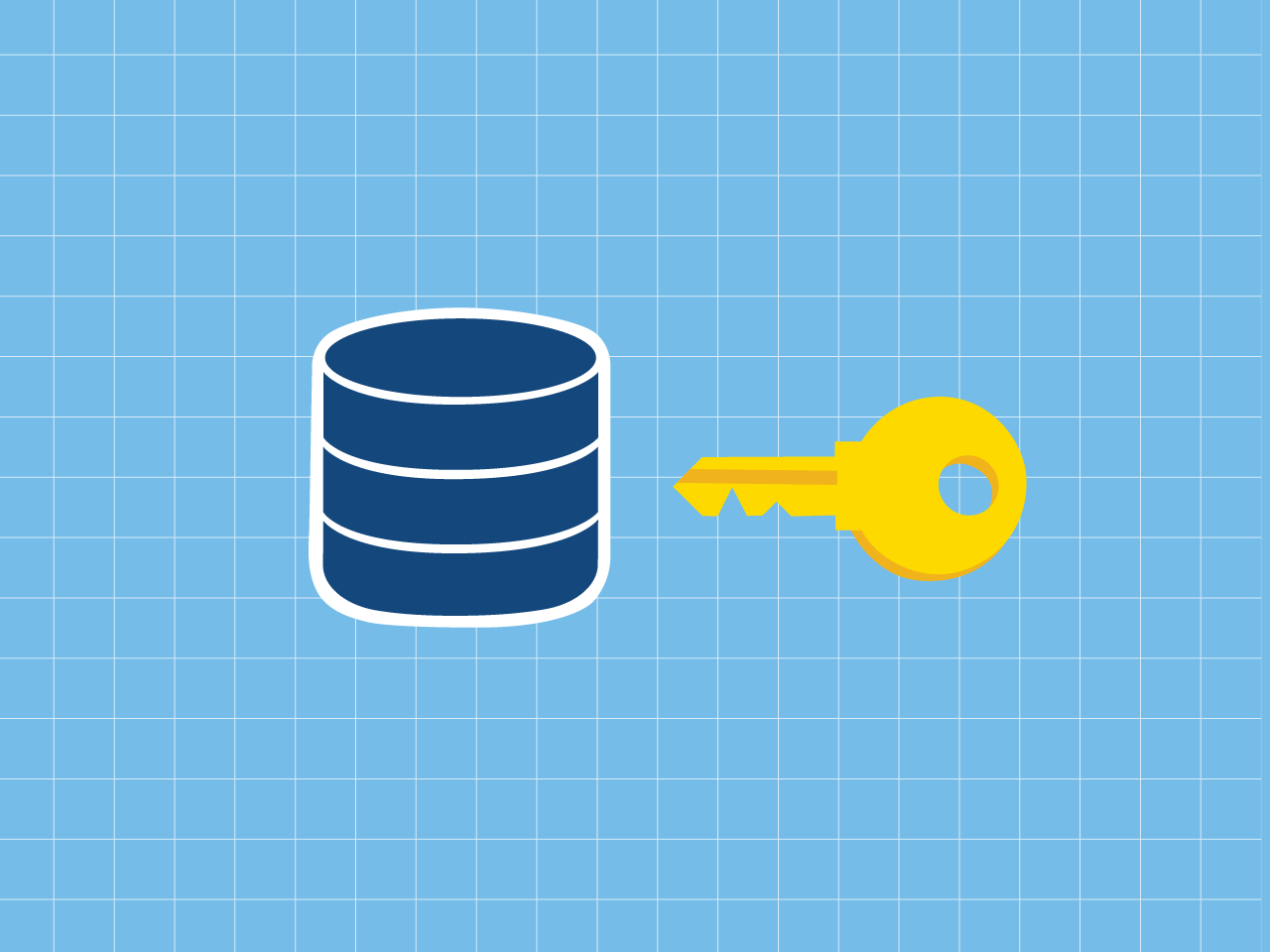Normalization - Keys - Constraints in Relational Database
BeginnerGuided Project
In this project, you will learn about normalization, keys, and constraints in IBM Db2 on Cloud using SQL.

Language
- English
Topic
- Computer Science & Information Technology
Enrollment Count
- 1.47K
Skills You Will Learn
- Relational Databases
Offered By
- IBM
Estimated Effort
- 45 minutes
Platform
- SkillsNetwork
Last Update
- November 2, 2025
About this Guided Project
About This Guided Project
In this project, you will learn about normalization, keys, and constraints in IBM Db2 on Cloud using SQL. First, you will learn how to minimize data redundancy and inconsistency in a database by normalizing tables. Next, you will learn how to use keys to uniquely identify a record in a table, to establish a relationship between tables, and to identify the relation between them. Lastly, you will learn about different kinds of relational model constraints that help to maintain data integrity in a relational data model.
Objectives
After completing this project, you will be able to:
- Minimize data redundancy and inconsistency in a database by using normalization.
- Use keys to uniquely identify a record in a table, establish a relationship between tables, and identify the relation between them.
- Maintain data integrity in a relational data model using constraints.
Requirements
To complete this project you will need to sign up for IBM Cloud and create an instance of a Db2 database service on IBM Cloud.
Frequently Asked Questions
Do I need to install any software to participate in this project?
Everything you need to complete this project will be provided to you via the IBM Cloud and it will all be available via a standard web browser.
What web browser should I use?
The Skills Network Labs platform works best with current versions of Chrome, Edge, Firefox, Internet Explorer, or Safari.

Language
- English
Topic
- Computer Science & Information Technology
Enrollment Count
- 1.47K
Skills You Will Learn
- Relational Databases
Offered By
- IBM
Estimated Effort
- 45 minutes
Platform
- SkillsNetwork
Last Update
- November 2, 2025
Instructors
Sandip Saha Joy
Cognitive Data Scientist
An aspiring data scientist who enjoys connecting the dots: be it ideas from different disciplines, people from different teams, or applications from different industries. Have an academic background in computing science and strong technical skills in computer vision, machine learning and data science.
Read more